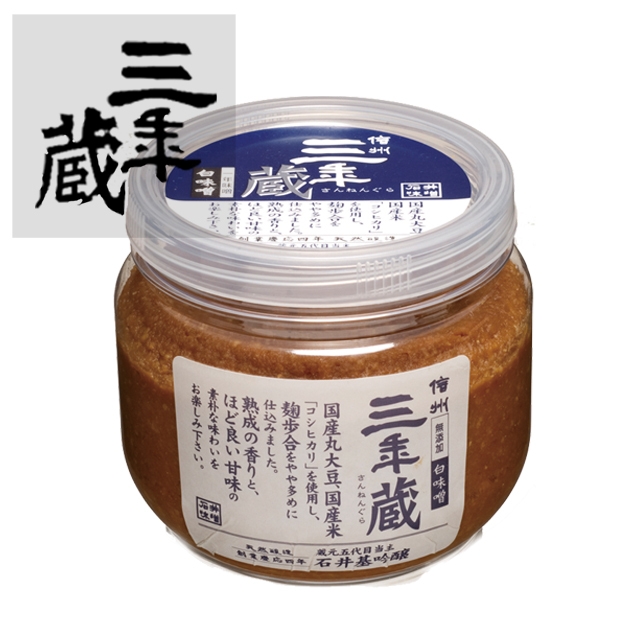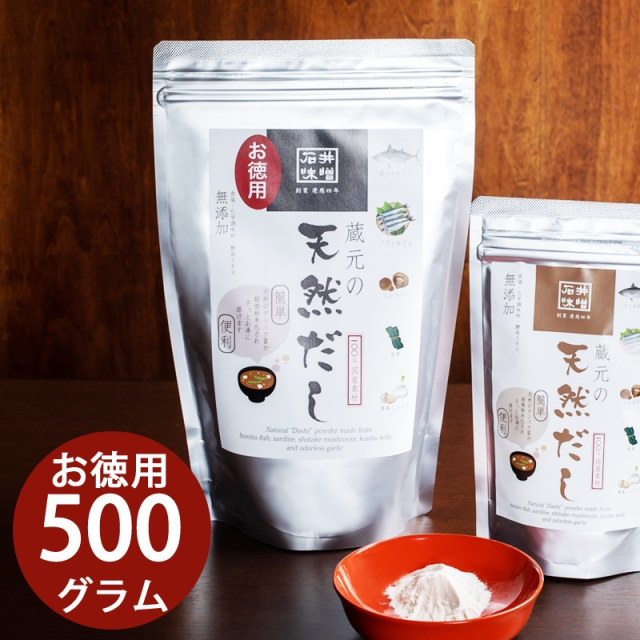
Shinsyu Three-Year Miso
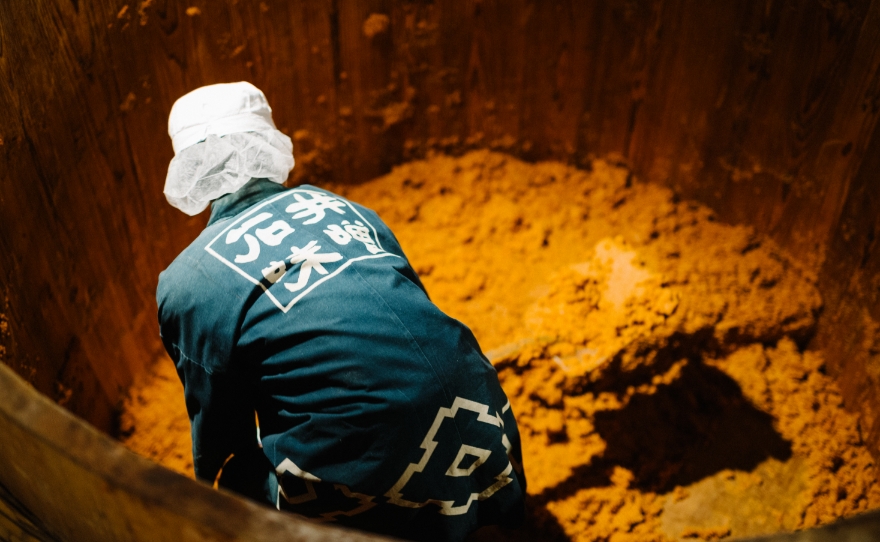
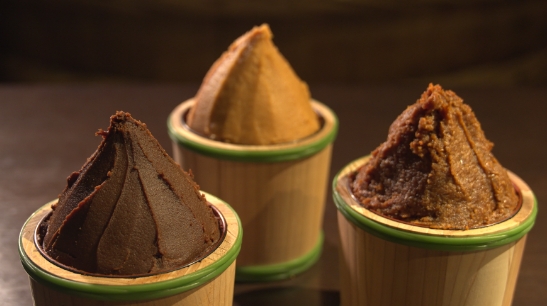
Our Three-Year Miso is aged in huge cedar barrels for three years.
Three-year miso was highly valued as the finest miso in the past, but it is nearly disappearing after the increase of modern mass-production.
Wooden barrel fermented miso is less than 1 % of the whole miso production of Japan. Three-year miso is an even more special among the wooden barrel misos. Its rich aroma and depth add complexity to your dishes.
KIOKE MISO
(Wooden Barrel Miso)
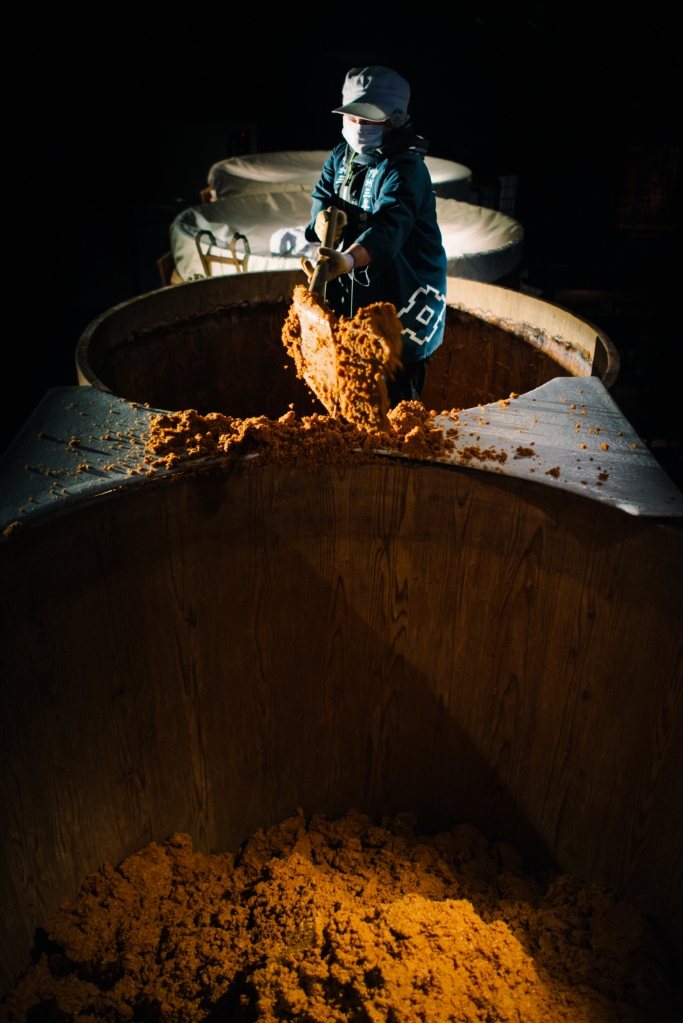

“Our mission: Wooden Barrel Miso, A Japanese Cultural Heritage”
Japanese people have long been loving fermented foods.
This tradition has been supported by a method of fermentation in wooden barrels called “kioke” that dates back about 500 years.
These wooden barrels have been passed down through generations and used for over 100 years. Each barrel has developed its own unique microbial ecosystem on their materials, producing distinctive miso flavor of each region and brewery.
Currently, only 1% of Japan’s total miso production is made using this traditional method.
Despite being made from simple ingredients, wooden barrel miso is known for its complex flavor packed with nutrients. Due to its high quality, even Japan’s renowned shoguns in medieval times invested heavily its production.
Wooden barrel miso is a little-known Japanese cultural heritage.
It is our mission to share its value with the world.
“A brewery with over 150 years of history”
ISHII MISO
Ishii Miso was founded in 1868. Since its establishment, we have 3 mottos, using wooden barrels, natural fermentation(No heating process), and three-year aging.
Climate of Mountain city Matsumoto where Ishii Miso is located is quite harsh. The summers are hot and dry, while winters can be extremely cold with temperatures dropping below 14 F. Secrets of our tasty miso is this climate and spring water from the mountains.
Now we welcome more than 10,000 customers from all around the world to enjoy our brewery visit and traditional tastes at our restaurant.
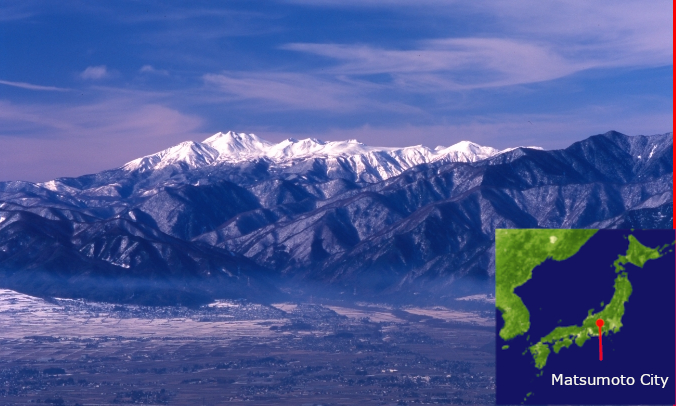
Matsumoto City in Nagano Prefecture, is a beautiful mountain city with the world-renowned national treasure Matsumoto Castle as its symbol. Surrounded by the Northern Alps, it offers scenic beauty in all four seasons. With its old streets and hot spring, it’s a popular tourist destination that blends culture and nature. The city is also known for its attractive spot like art museum (Yayoi Kusama) and music events(Seiji Ozawa festival).
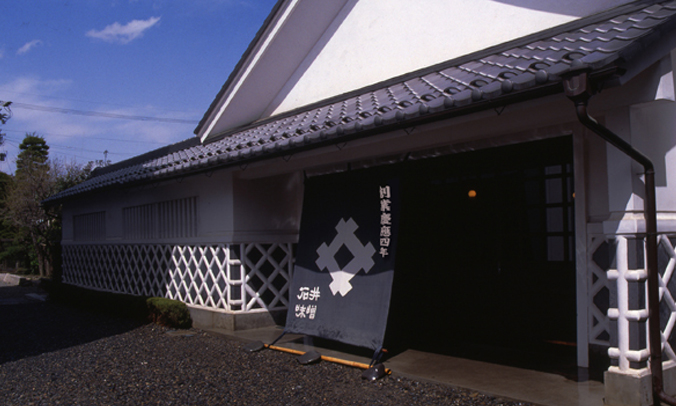
Established 1868.
The miso brewery has been in business for over 150 years.
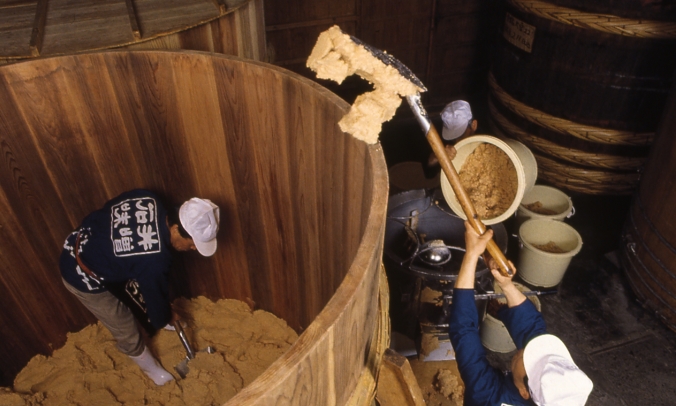
The preparation of three-year miso.
Miso is still brewed by hand in the traditional way.
When summer turns to fall, the miso in the barrels is turned over.
A person enters the barrel and A shovel is used to throw the miso from this barrel to the next barrel.
This process is called tenchigaeshi.
(turn sky and earth upside down)
Craftsmen move 4.5 tons of miso by human power alone.
Then, every year, the miso in the barrel is moved to a different warehouse.
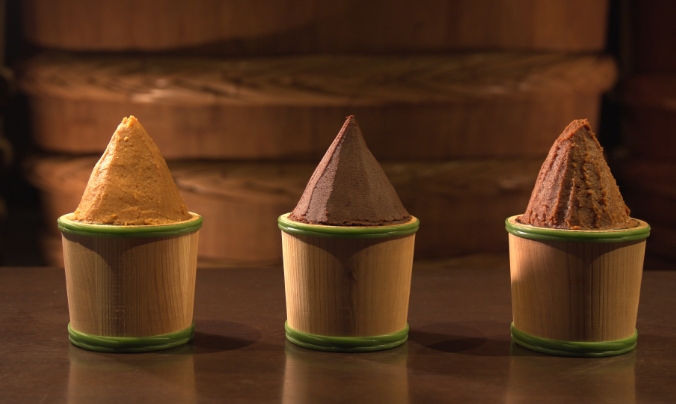
As miso matures, its colour darkens.
PRODUCT

Sannengura red Miso
(Three-Year Aged Red Miso)
The best seller of our brewery
Miso aged for three years in cedar barrels.
Additive-free: Contains live lactic acid and yeast
Flavor: Rich aroma and deep flavor
Cooking with Miso:Miso soup
Read More
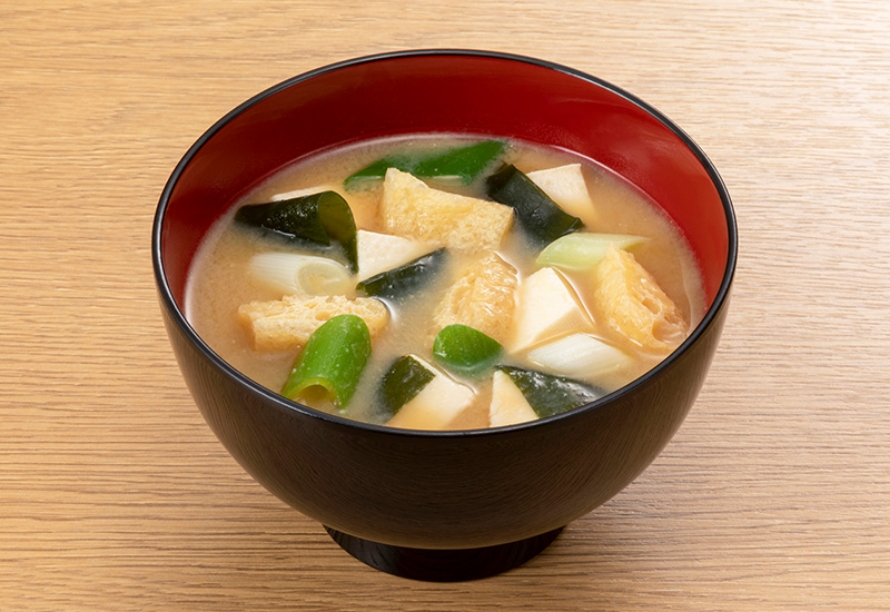
For centuries the typical breakfast for Japanese people was rice and miso soup and waking up to the aroma of miso soup was a quintessential part of Japanese family life.
Evan today, for many Japanese, the word miso calls to mind images of goods old-fashioned home cooking.
Although in recent years it has become less common to see miso soup on the breakfast table as Japanese tastes become more Westernized, miso soup still remains an integral part of the Japanese diet.
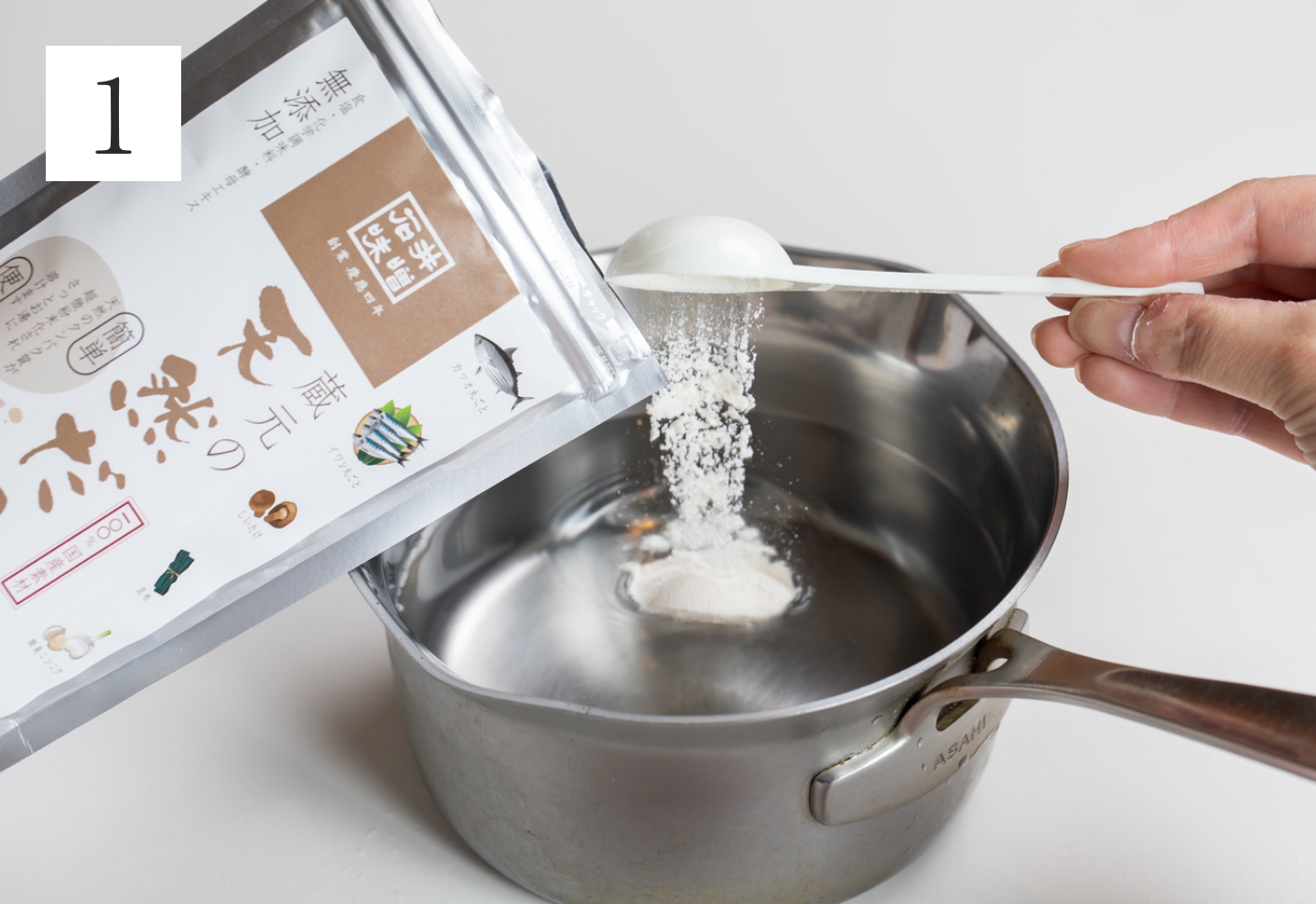
Add 2cups of water to pot andbring to the boil.Add the【dashi】stock (Use instant【dashi】stock for added convenience. Follow theproduct instructions regarding the appropriate amount to add.)
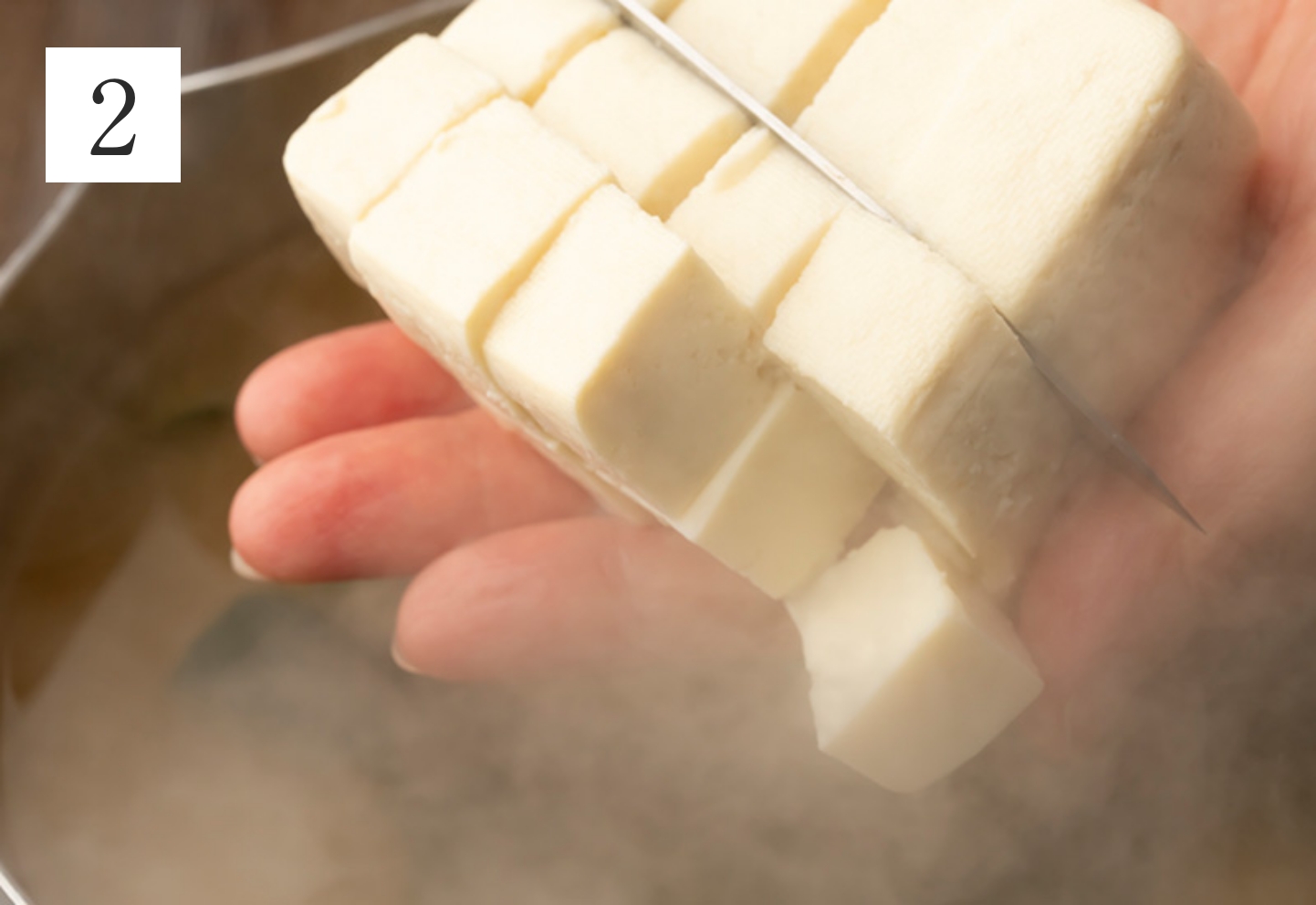
Slice the tofu into 2/3 inch cubes and slide them into the soup, and heat slowly until it beings to simmer again (about 2 minutes).
Once the tofu heats up, the soup is almost ready.
Turn off the heat there.

Bring to a low simmer.
Add the miso.
Do this by putting it into the stock while stirring so that it dissolves easily.
Turn off the heat there.
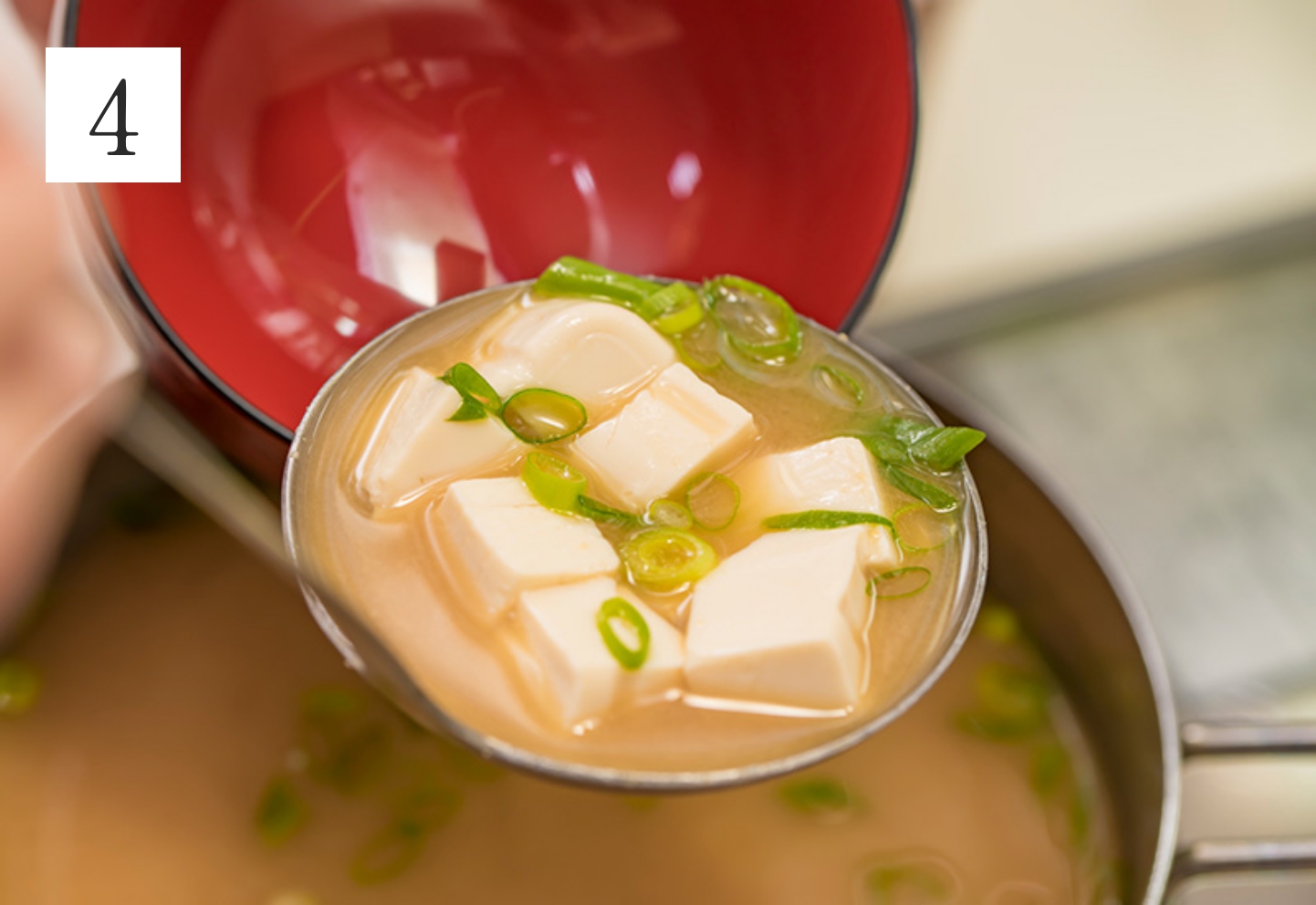
Finally, thinly sliced green onions are added to complete the dish.

Melanoidin the secret of healthy red miso
Miso is a very healthy food made from soybeans, koji(fermented rice), and salt, but there are substances (such as melanoidin and free linoleic acid) that are only produced through the fermentation and aging process. These substances are abundantly contain in well-aged red miso.
Historically, people who consumed well-aged red miso daily often had smoother skin and better health.
Recently the reasons for these secrets have gradually been uncovered.
Health benefits of Red Miso!
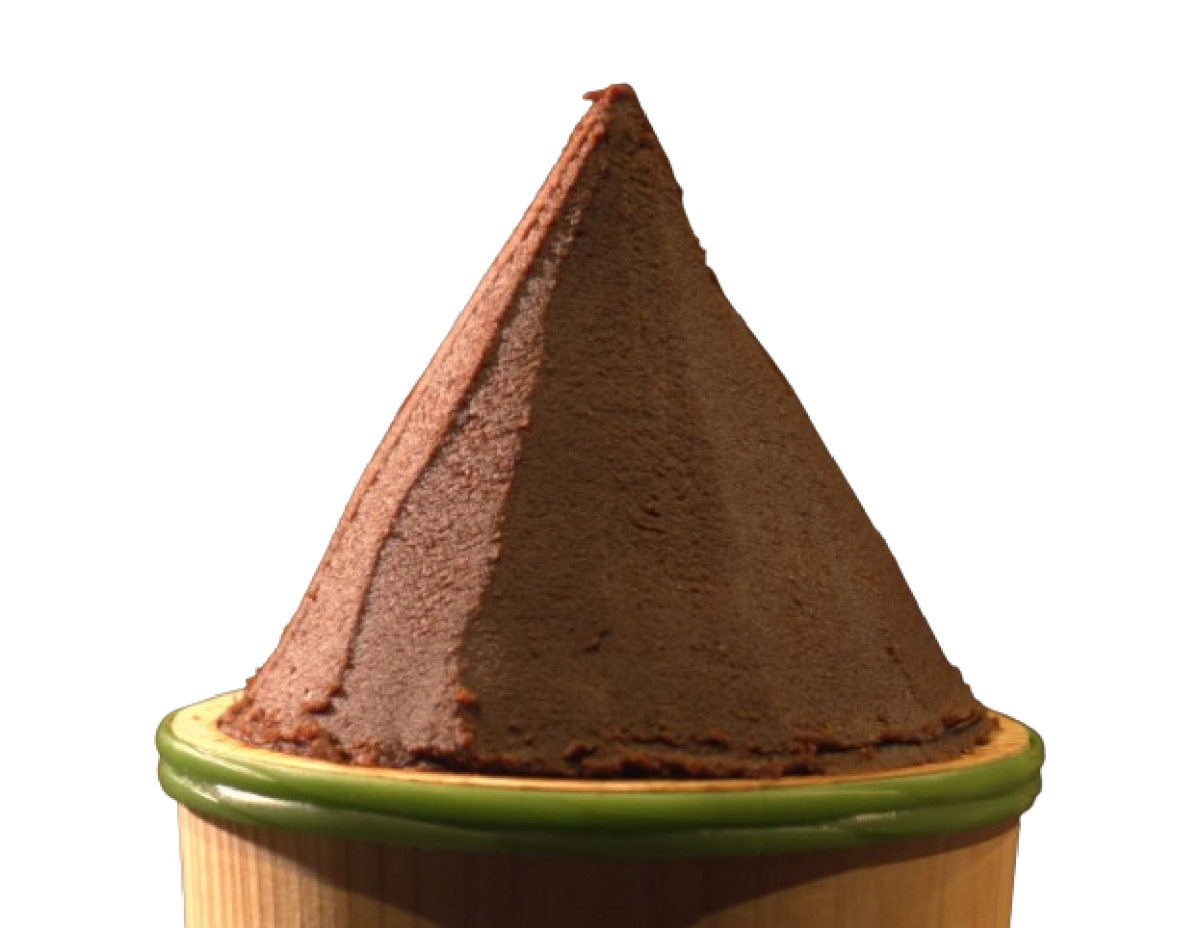
- Powerful antioxidant action / Removes free radicals
- Trypsin inhibitory effect
- Neutralizes nitrosamine toxins
- ACE inhibitory effect
- Promotes insulin secretion
- Glucose tolerance effect
(reduces blood sugar fluctuations)
Red miso has so many beneficial effects!
- Prevents cellular aging
- Cancer prevention effect
- Prevents stomach cancer
- Lowers blood pressure
- Effective in improving diabetes
- Prevents diabetes
Even more benefits!
- Activates pancreatic function
- Effective in preventing constipation
- Increases lactic acid bacteria in the intestines
- Lowers cholesterol in blood and intestines
Miso Colors and Classification
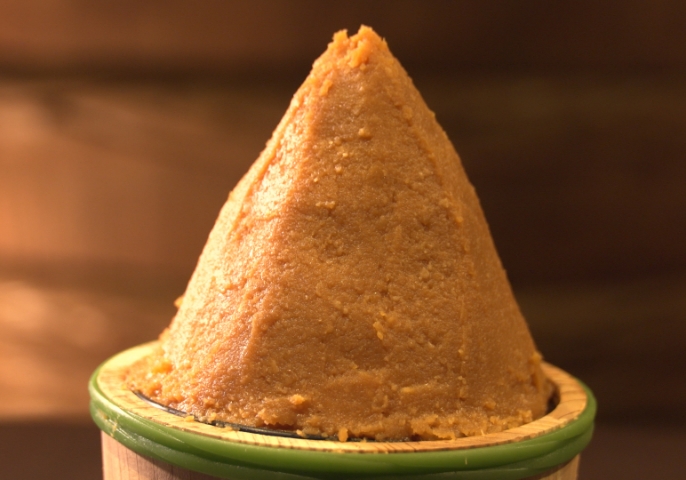
White miso
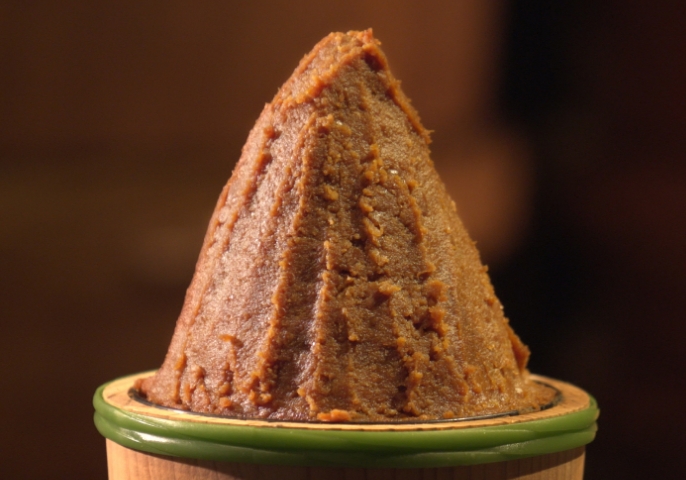
Brown miso
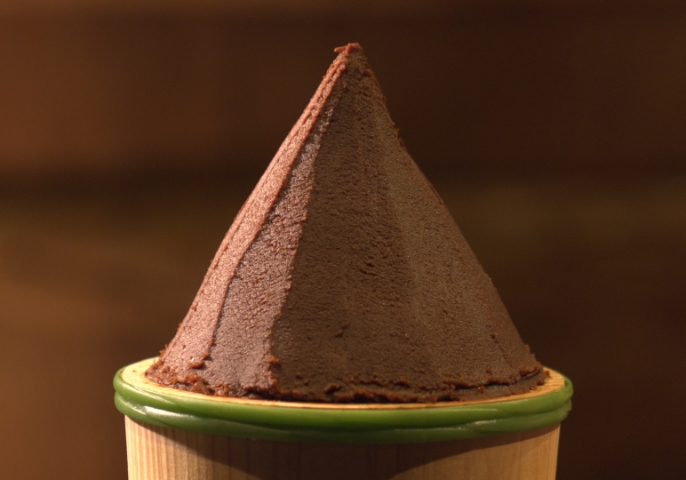
Red miso
freshly stocked
mature
More mature
The difference in miso color occurs due to the Maillard reaction during the fermentation and aging process. When amino acids produced by the breakdown of soybeans, react with sugars to turn brown. The more this Maillard reaction occurs in miso, the more melanoidin (a brown high-molecular compound) increases, resulting in a darker, reddish color.
In other words, miso is whiter for shorter aging time, and becomes redder and darker (brown) as it ages over time.
Shop Locations
Guided tour of miso brewery

Brewery tour in English is available at Ishii Miso, allowing you to learn about Ishii Miso’ s history and tradition.
At restaurant, you can enjoy dishes made with three-year miso. The souvenir shop offers additive-free miso, miso sweets, and miso taste soft-serves.
| 11:00〜 |
| 13:30〜 |
Lunch



with three-year miso

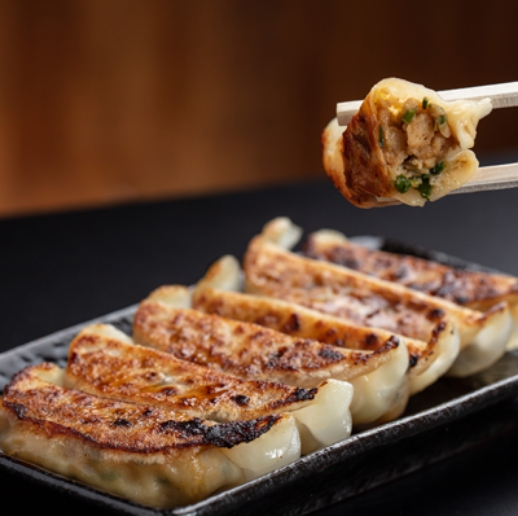
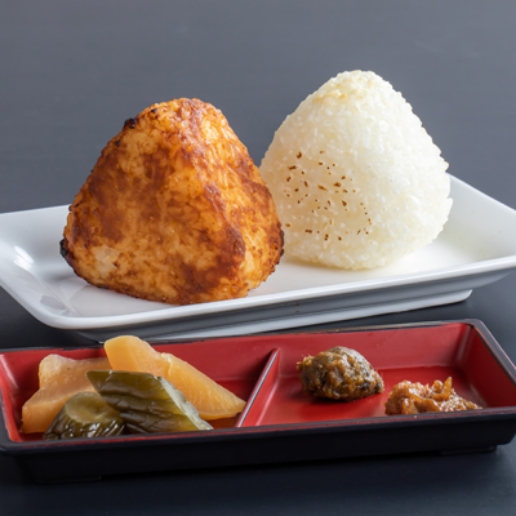
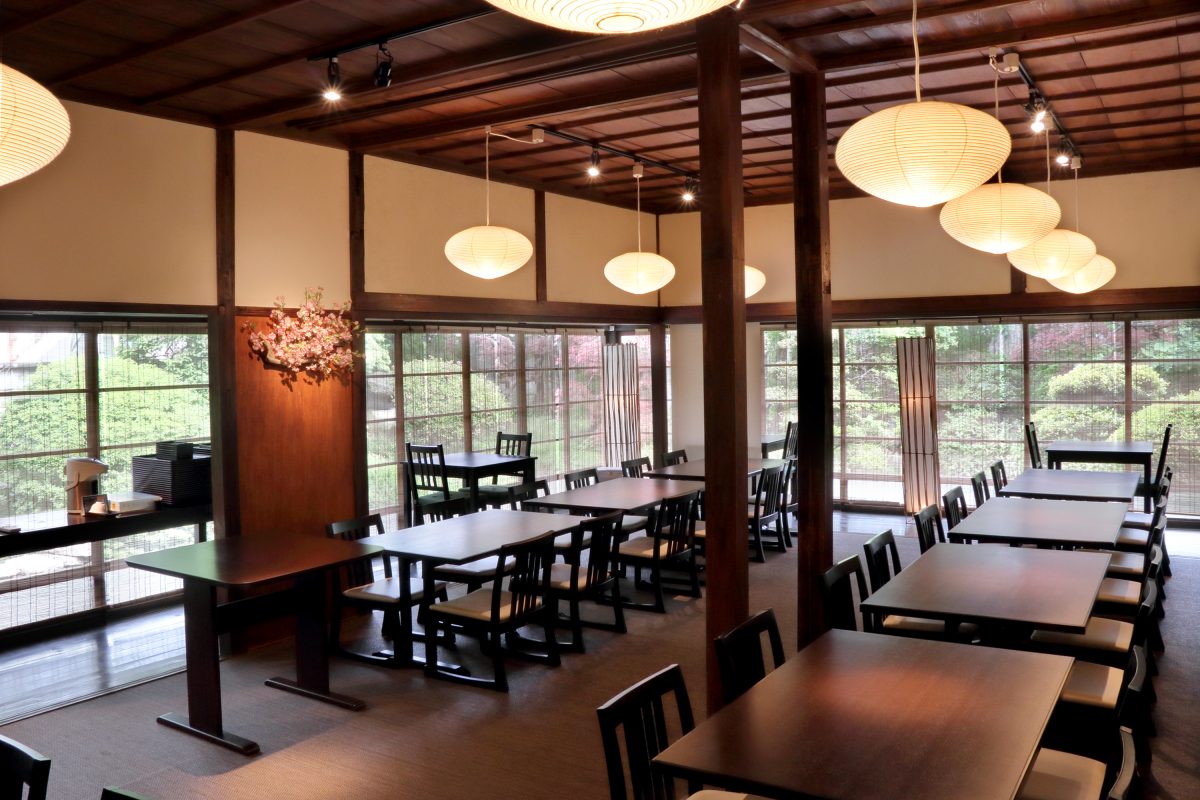
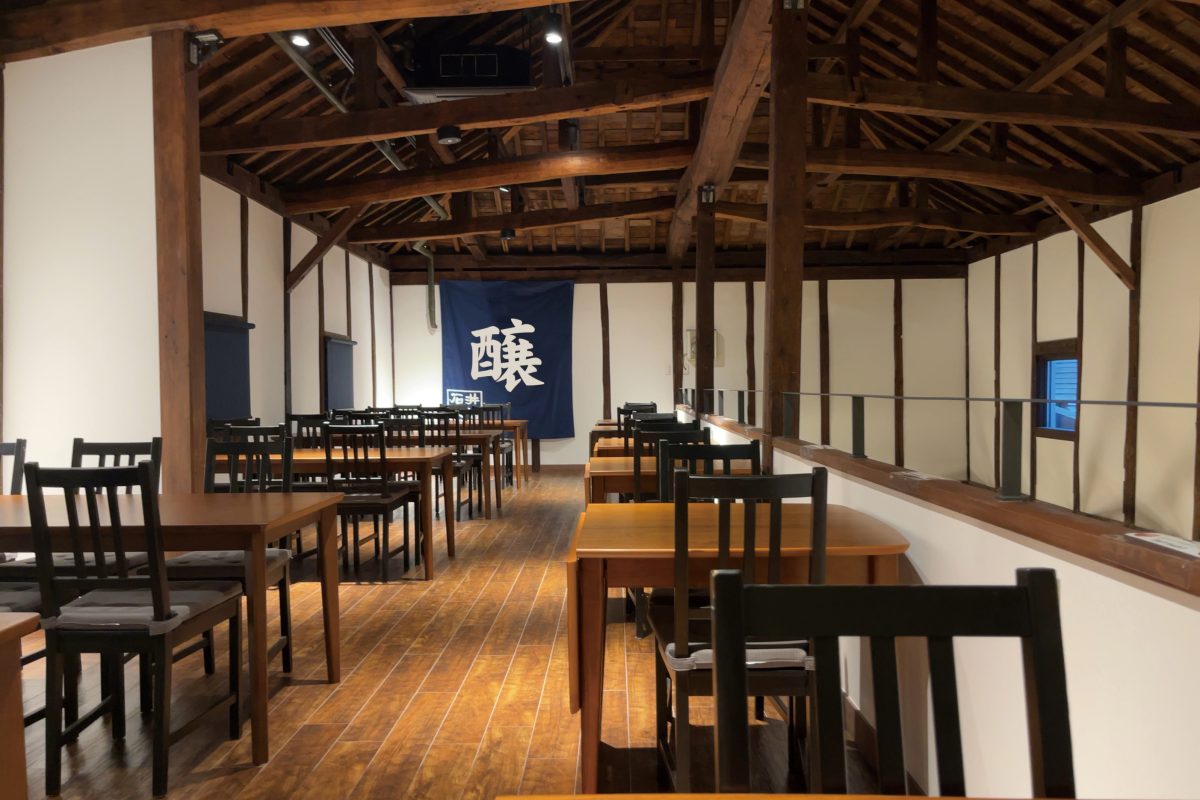
Shopping
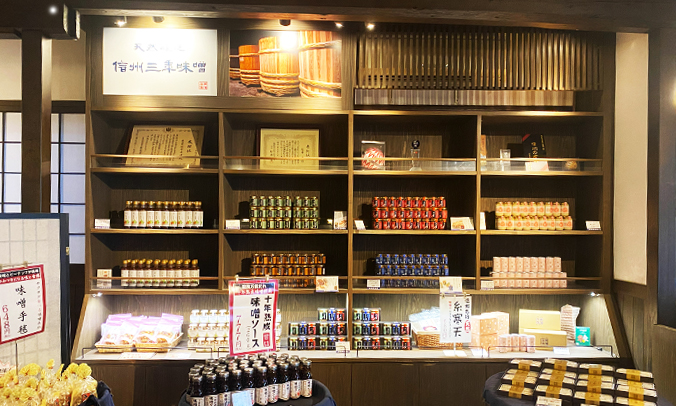

At the souvenir store, visitors can enjoy additive-free miso, miso sweets, and miso ice cream.
